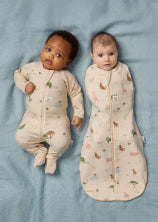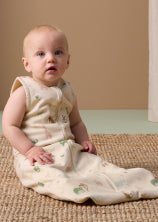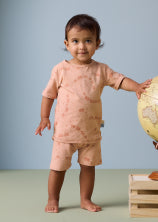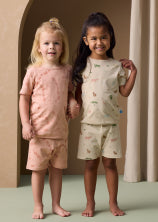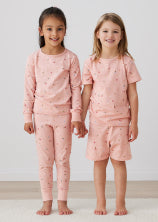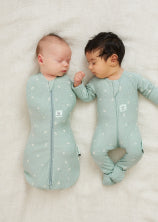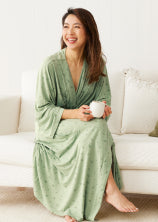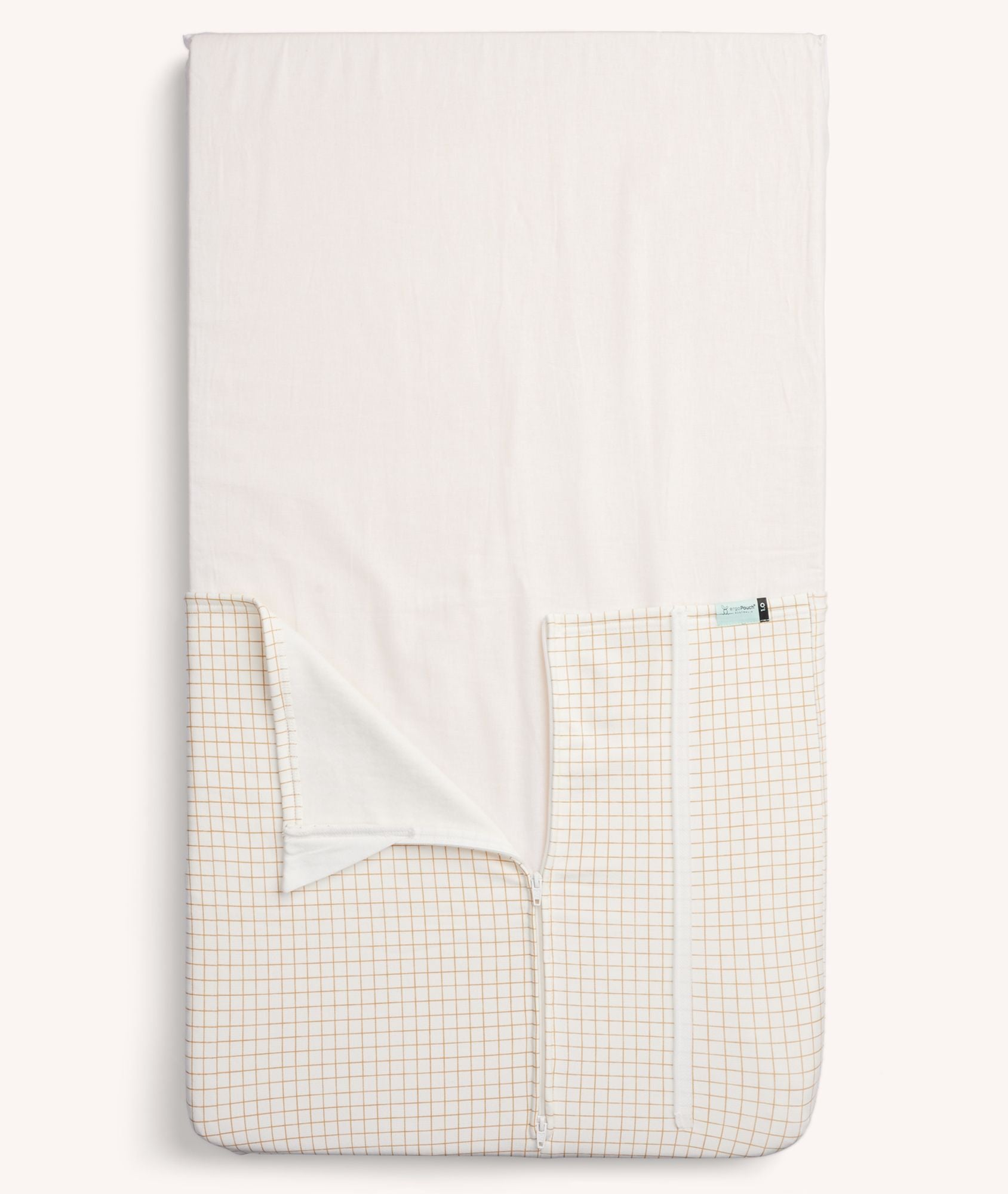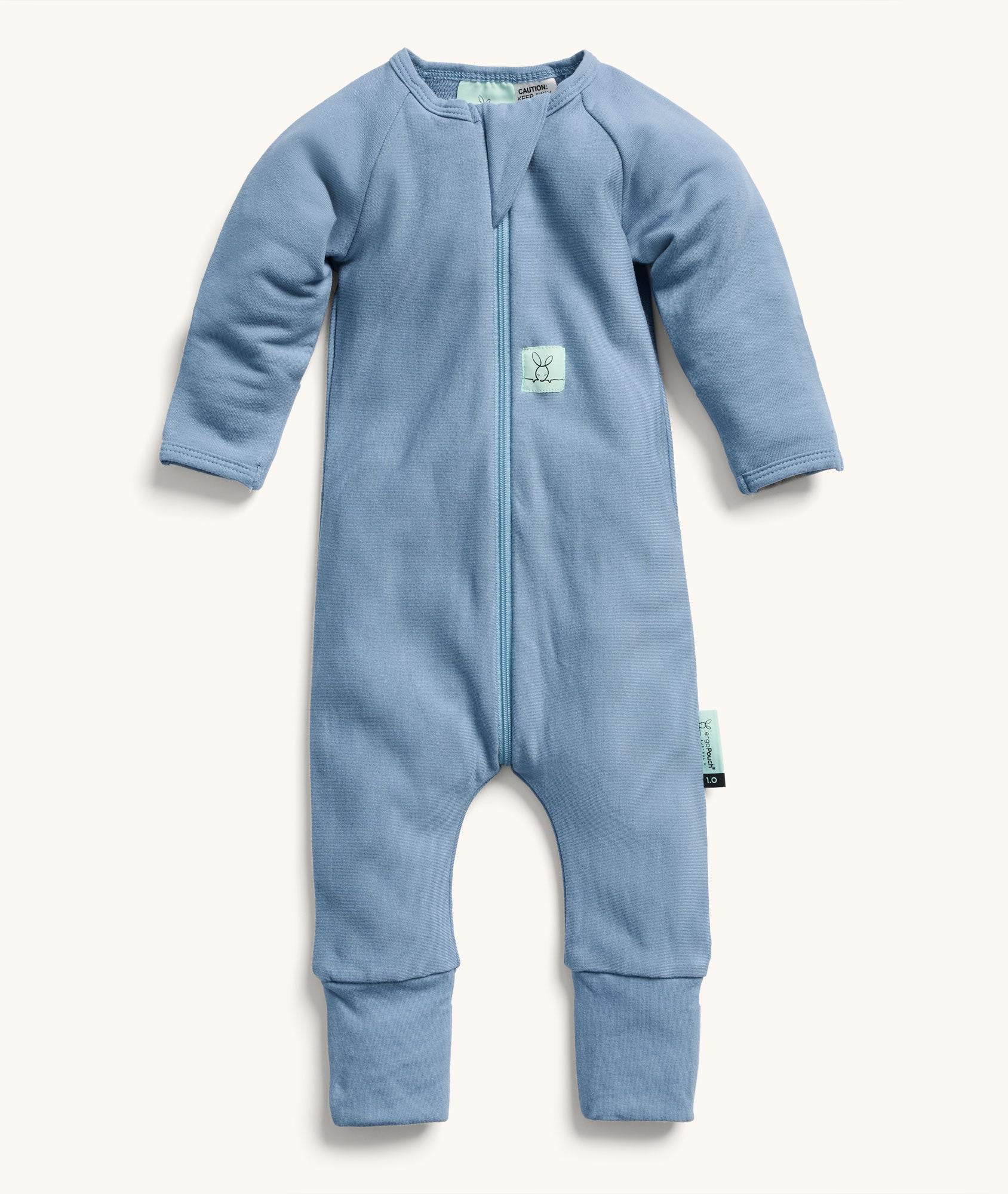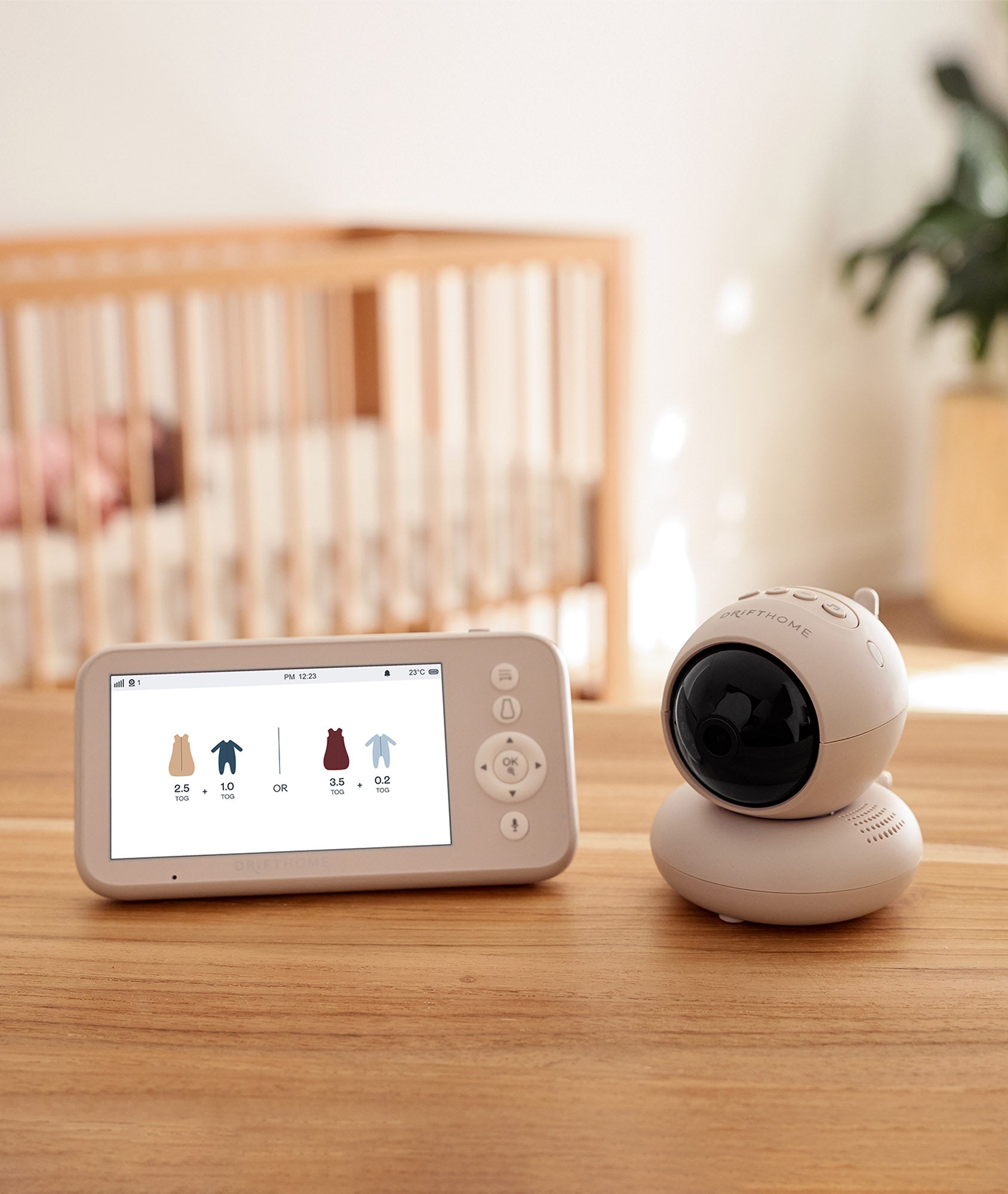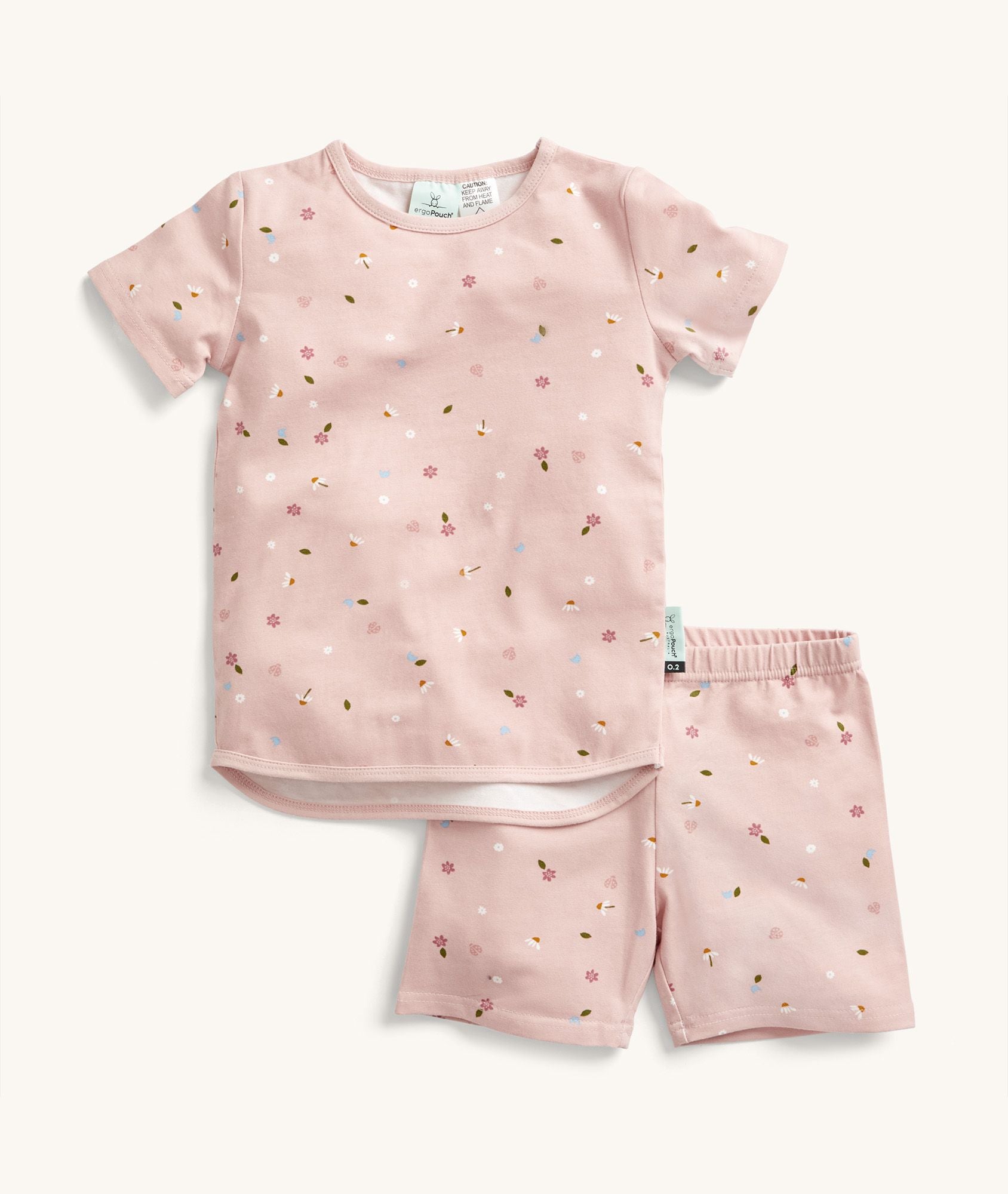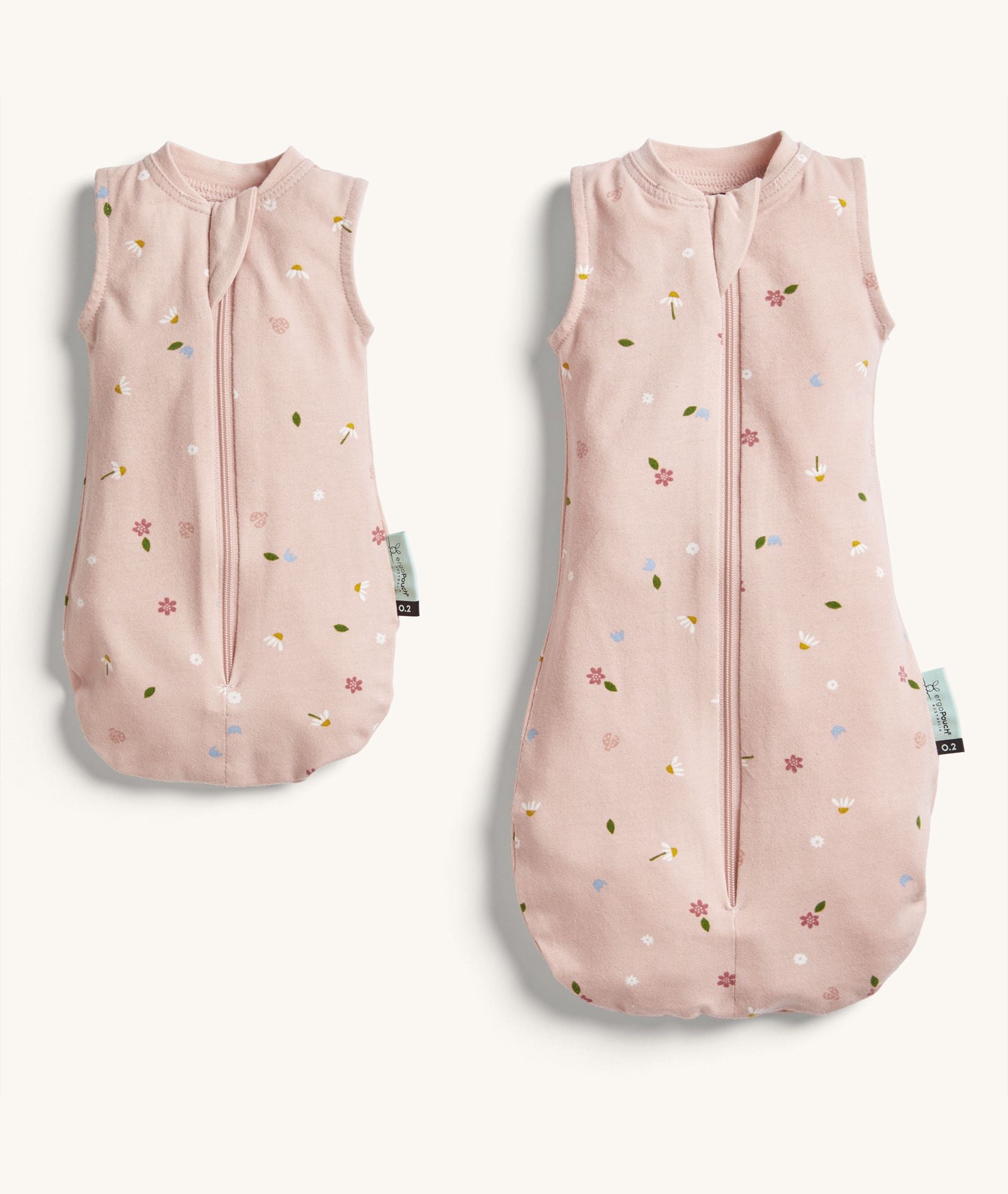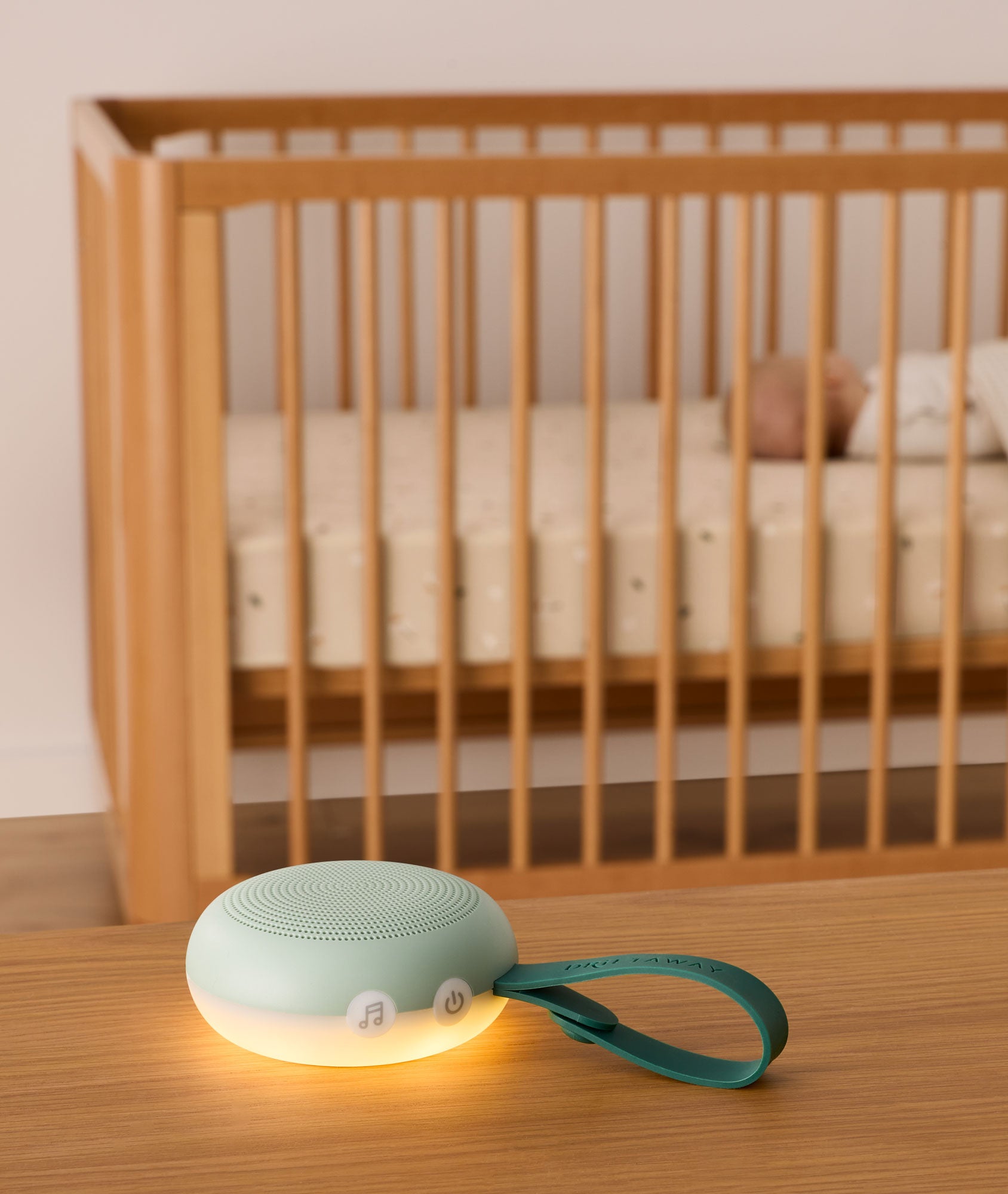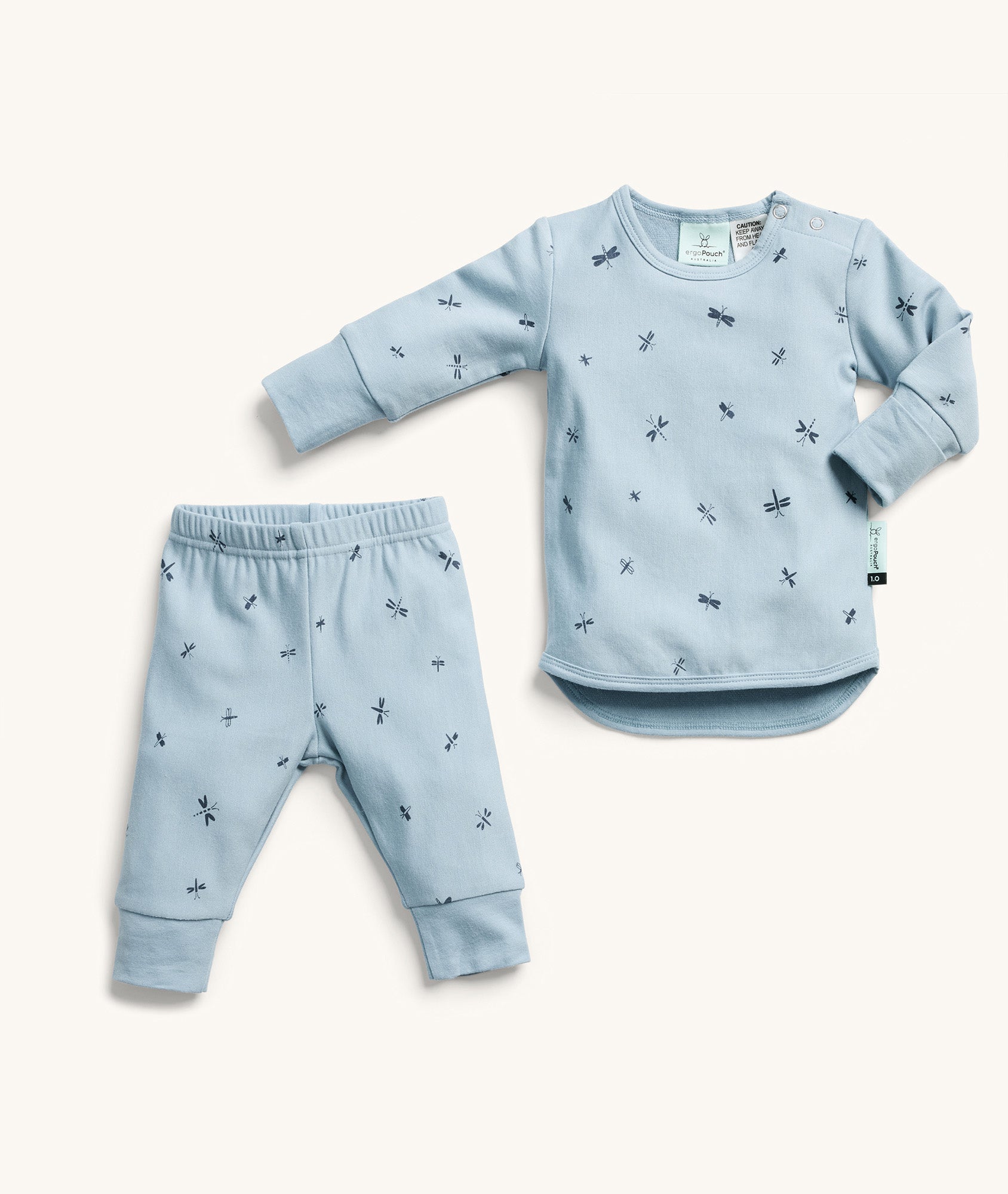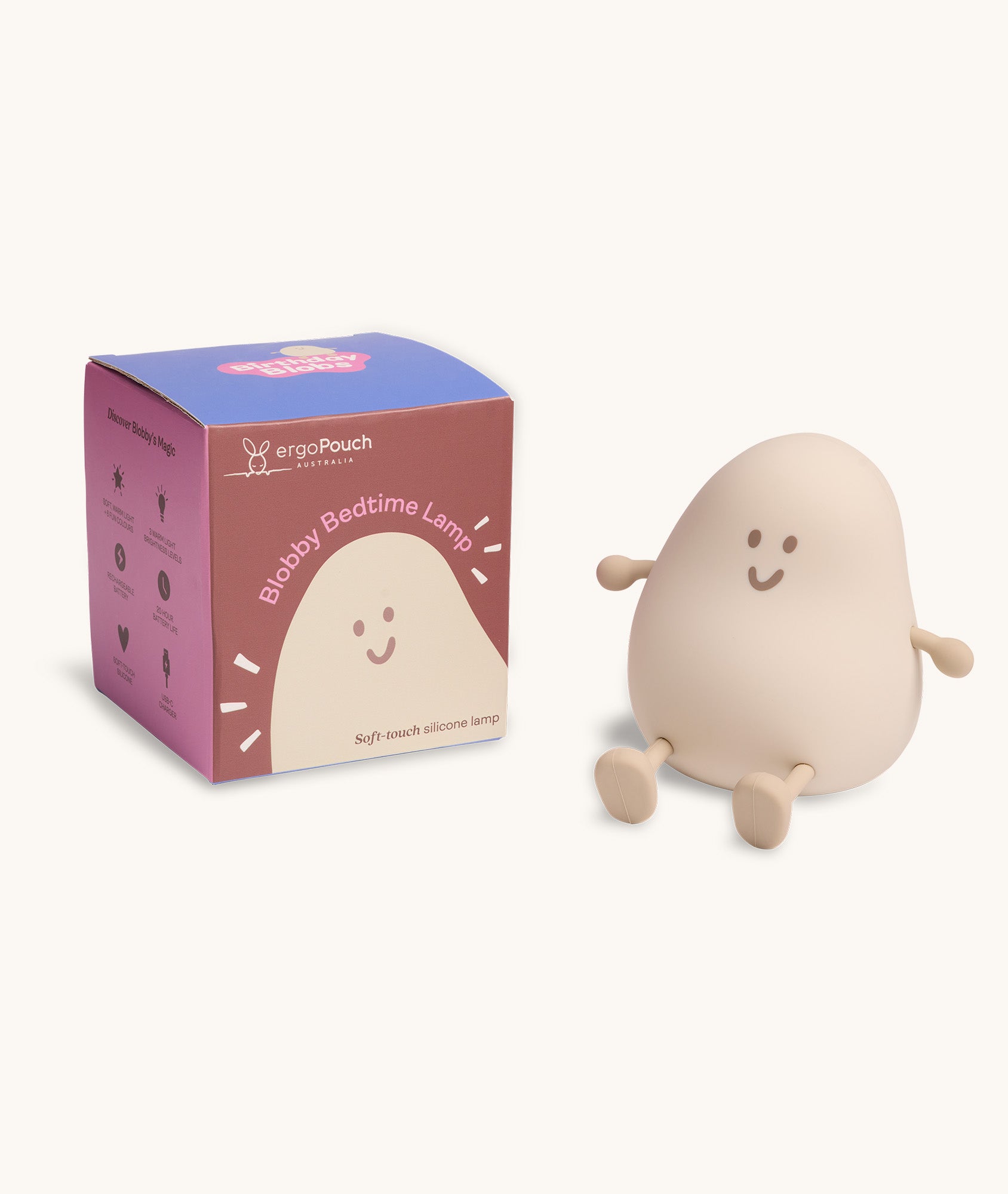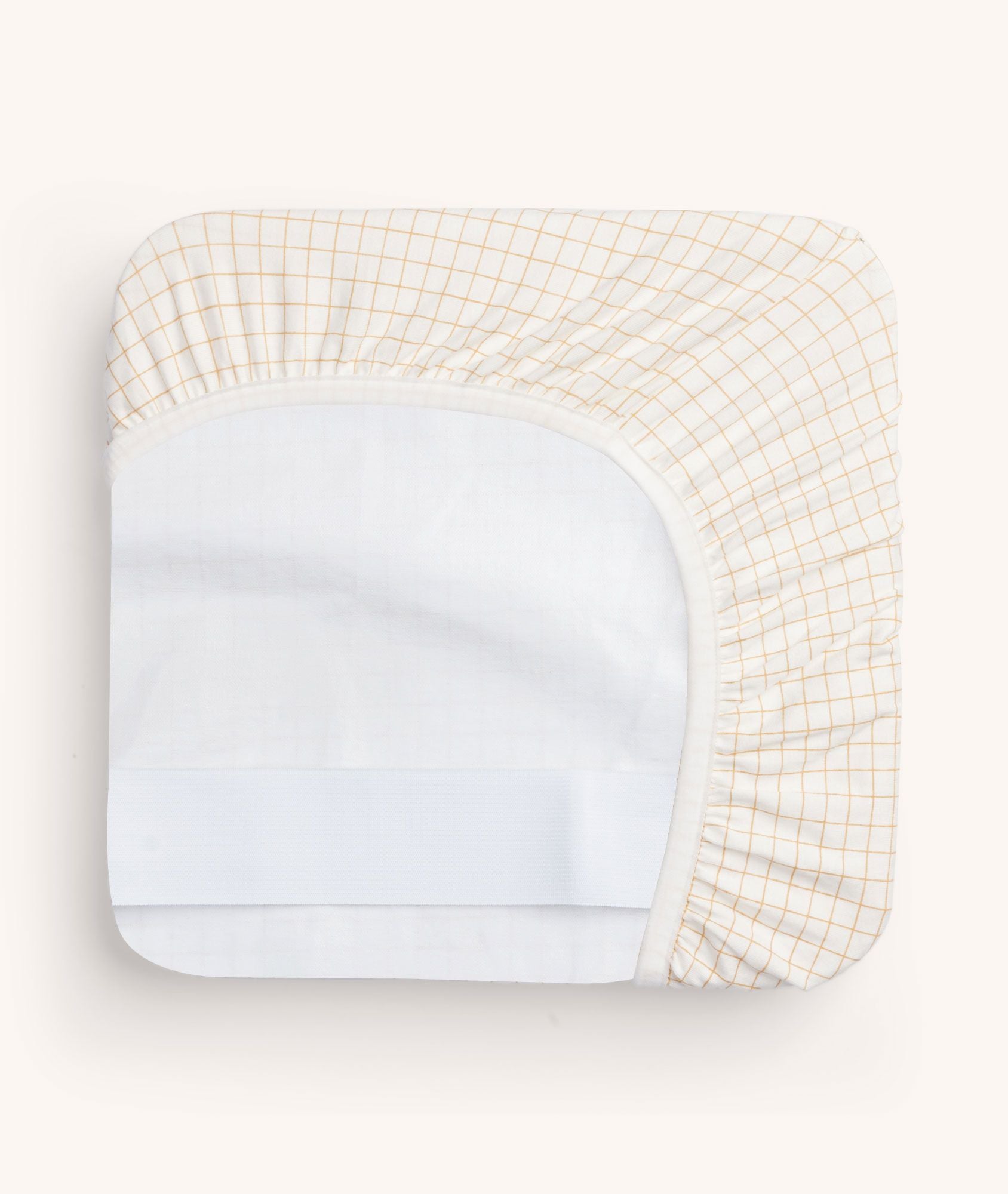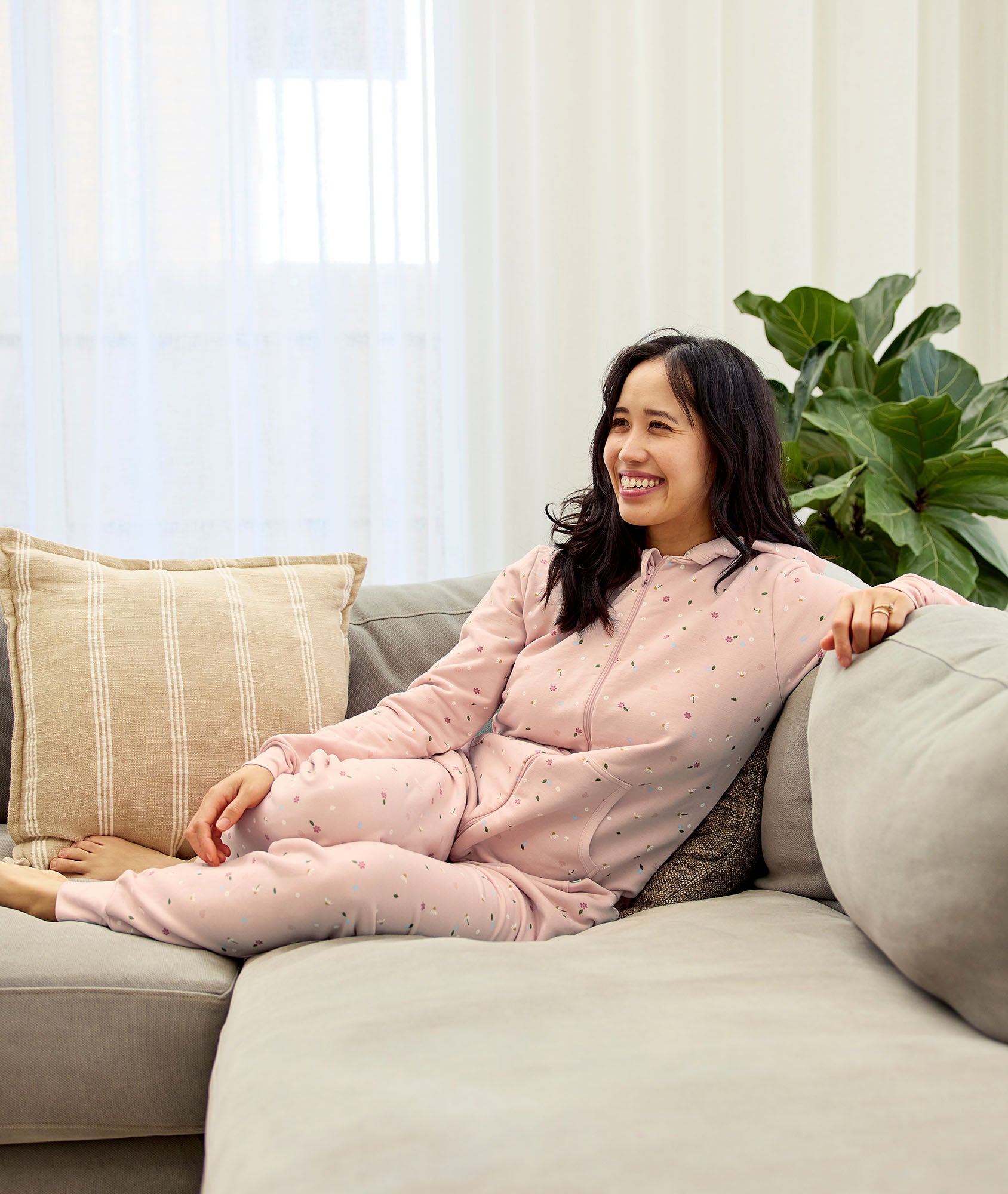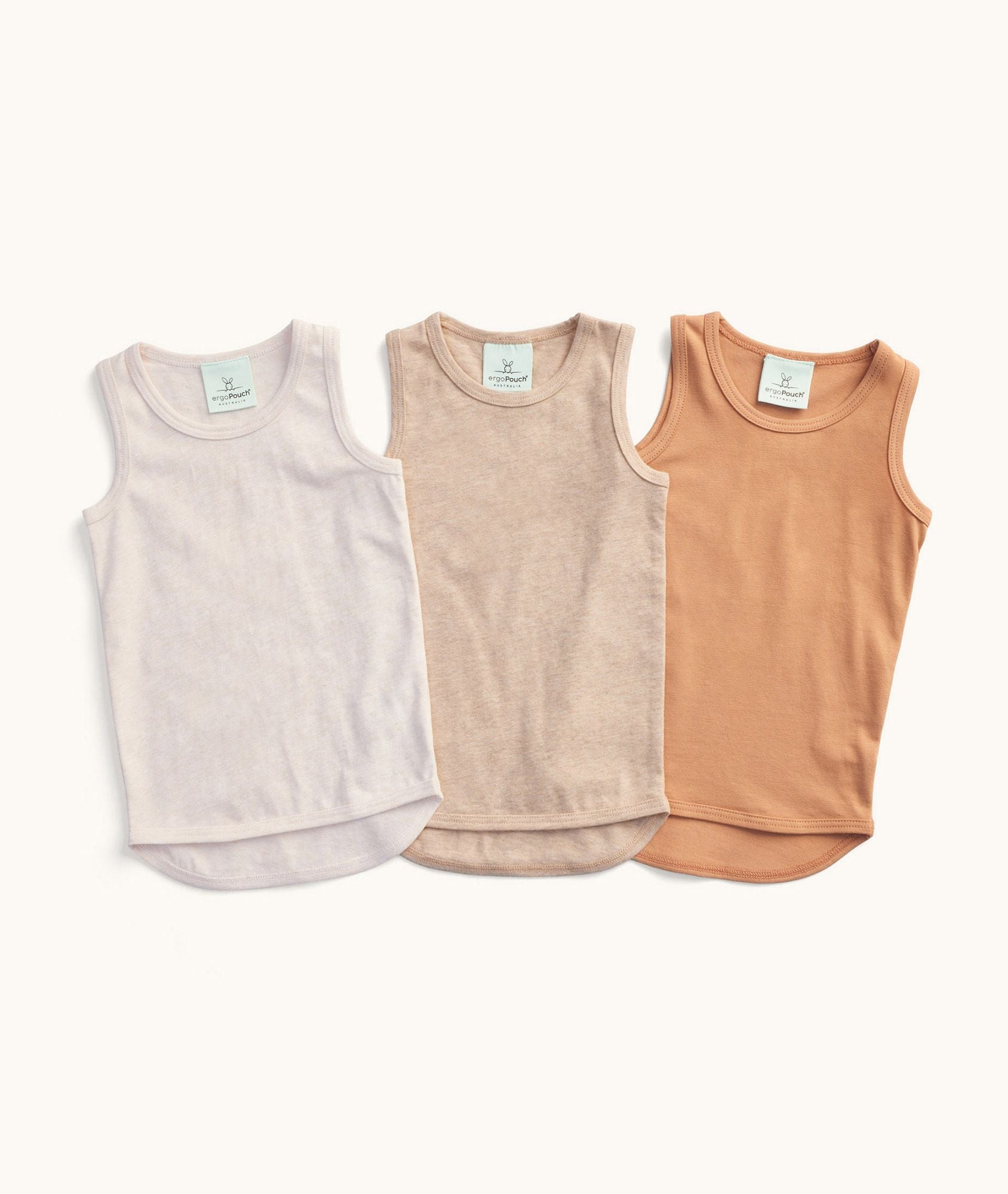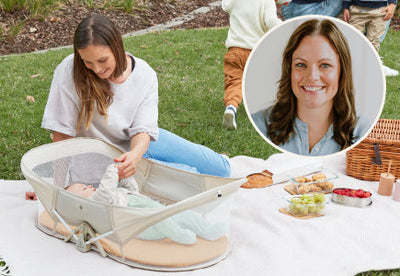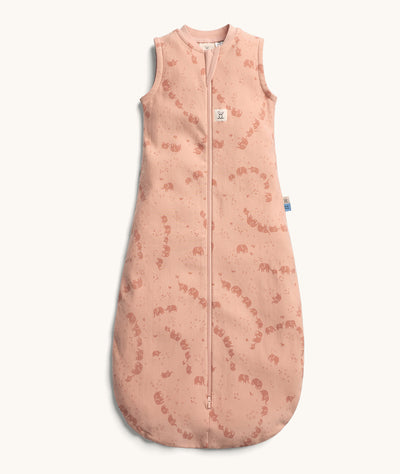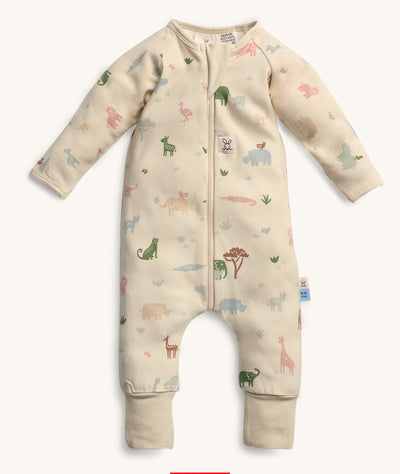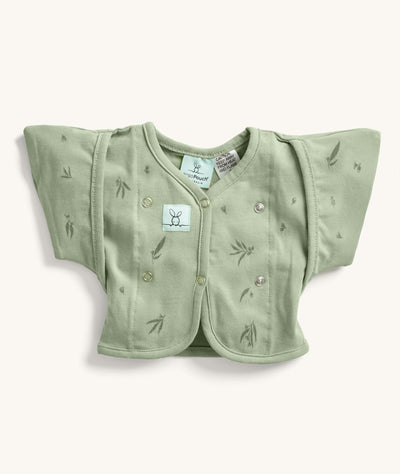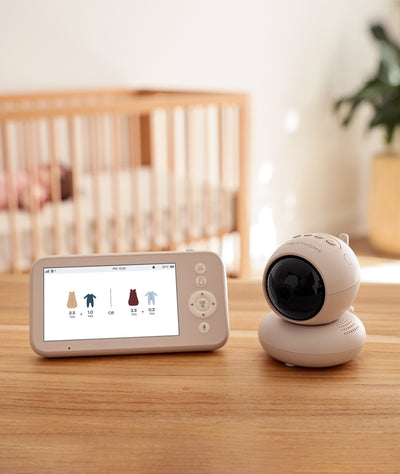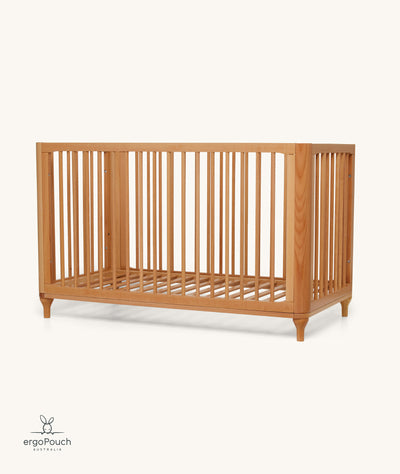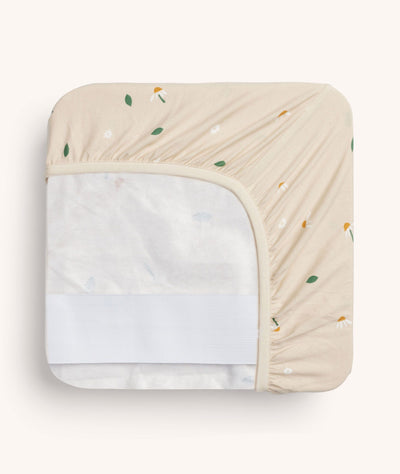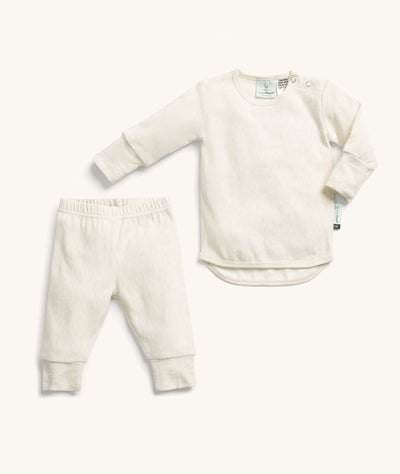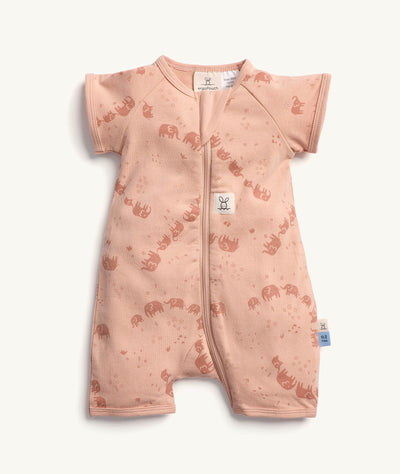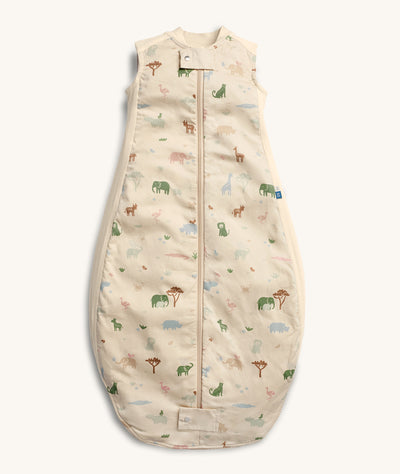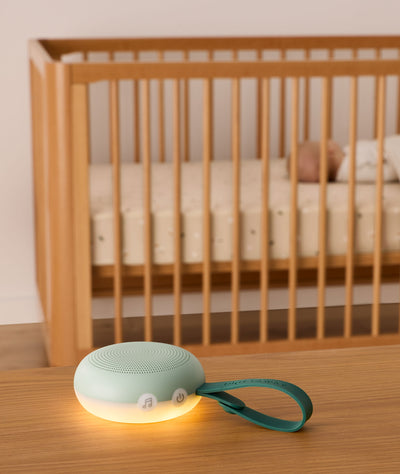
You’ve likely heard that breathable fabrics are important for babies and children - but do you know why?
As parents, we want to give our little ones the safest, most comfortable sleep possible. But it can be overwhelming to sort through advice on sleepwear, bedding and factors like room temperature.
One simple, evidence-based choice you can make for safer sleep is to dress your baby or toddler in breathable materials. In this guide, we’ll explain why breathability matters for skin health, temperature regulation and overall sleep quality - from early newborn days through to big-kid-hood. Hey, we got you!
At ergoPouch, we design every piece of our sleepwear with breathability in mind because safe sleep is our first priority, so we feel pretty passionate about this subject!
From us to you, here’s what you need to know about breathability.
Firstly, what do we mean by “breathable”?
A breathable fabric is one that allows air to circulate through it and helps release excess heat and moisture. This is essential for keeping your child’s body at a comfortable temperature overnight — it’s not only important for safety, but it can help them stay asleep longer.
Breathable fabrics include natural fibres like:
- Organic cotton
- Bamboo viscose
- Merino wool blends

Conversely, non-breathable fabrics are typically made from synthetic fibres such as polyester, acrylic or fleece, which can trap heat and moisture next to the skin. This can lead to overheating, irritation and poor sleep.
For safe sleep, breathable materials are the best choice.
Breathable fabrics help with sleep safety
According to Red Nose Australia, overheating is a known risk factor for sudden unexpected infant death (SUID). Babies can’t regulate their body temperature like we can as adults, so they rely on us to dress them appropriately for their room temperature.
Using breathable fabrics can help your child release excess heat and maintain a more stable body temperature overnight. This lowers the risk of overheating and promotes safer sleep.
In addition to choosing breathable fabrics, one of the easiest ways to reduce the risk of overeating is to select the right sleepwear based on your child’s room temperature. For this, you can use our TOG ratings chart and What to Wear guide. (TOG stands for 'Thermal Overall Grade' and is a unit of measurement for insulation and warmth of sleepwear and bedding.) Simply identify your room temp and check the recommended sleepwear and layers.
How breathability supports skin health
Babies and kids have delicate skin that is more prone to irritation and flare-ups than our adult skin. In fact, according to Royal Children’s Hospital (RCH), bubs’ skin is actually about 30% thinner than ours!
When a fabric isn’t breathable, sweat and moisture build up against the skin, which increases the risk of:
- Heat rash — According to the Cleveland Clinic, overdressing your child or using too heavy of a fabric has a direct link to heat rash (also known as prickly heat).
- Eczema flare-ups — the RCH note that “prickly” fabrics can irritate baby’s skin, and smoother fabrics like cotton are recommended instead
- General skin irritation and discomfort
So what can you do? Dressing your baby in breathable, moisture-wicking fabrics like organic cotton can help to keep skin cool, dry and comfortable.
And if your child is indeed prone to eczema, dressing them in breathable sleepwear can help manage the risk of flare-ups. We cover more tips in our post on reducing overnight eczema flare-ups.
Jess from our marketing team’s little boy, August, often experiences eczema flare-ups. From early on, she knew how important it was to dress him in gentle, skin-friendly fabrics (thankfully, she knew someone she trusted to guide her through it). She’s found that dressing Auggie in our Layers has made a real difference. As a naturally warm sleeper, he stays cool, comfortable, and most importantly, free from irritation.

Breathable sleepwear supports better sleep at every age and milestone
For newborns and babies
When a baby overheats or becomes clammy and uncomfortable, it can easily disrupt their sleep (and yours!). Breathable fabrics play a key role in helping keep them comfortable and rested overnight.
- Reduces unnecessary overnight waking caused by discomfort
- Wicks away moisture if your bub sweats during sleep
- Promotes longer, more restful sleep stretches
We asked Gab, our Marketing Manager in the US, what her thoughts were on organic cotton. “Knowing what I know from working at eP, I thought I'd be less anxious about sleep but when it's your baby, all bets are off,” she said. “Choosing natural, breathable, TOG-rated sleepwear was one less thing to second-guess and provided the peace of mind I needed."
For toddlers, preschoolers and big kids
As children grow and become more active, they still need breathable fabrics for sleep. Older children can overheat easily if they are dressed in synthetic pyjamas or heavy materials, and their sleep can be disrupted. And we’ve all seen what happens when a kiddo doesn’t get as much sleep as they need!
Breathable sleepwear helps to:
- Regulate body temperature through their active sleep cycles
- Support skin health as kids grow
- Prevent night sweats and discomfort
How to choose breathable sleepwear
When shopping for sleepwear for your baby, toddler or big kid, paying attention to fabric and TOG rating is key.
Look for:
- Natural fibres — Avoid synthetic-heavy fabrics, especially polyester fleece and acrylic knits
- GOTS certification — this stands for Global Organic Textile Standard. A GOTS label means the product must contain at least 70% certified organic fibres, and if it’s labeled “organic”, it must have at least 95% certified organic fibres.
- TOG rating — Put simply, the lower the TOG rating, the lighter the fabric; the higher the rating, the more padded and insulated it is.
At ergoPouch, we use breathable, natural fibres for our sleepwear and bedding - everything from newborn swaddles to kids pyjamas to sheets - to support safe, comfortable sleep. So if natural, organic materials and TOG-rated sleepwear are what you’re after, you’re in the right place!
You can read more about our commitment to organic and sustainable sleepwear and why we chose breathable, certified organic fabrics for our sleep products and bedding
Key take-aways
Breathable materials play an important role in keeping your baby or child safe and comfortable when they sleep. These fabrics support skin health, help regulate temperature and promote better sleep quality.
When choosing sleepwear for your child, look for breathable, natural fibres and follow safe sleep guidance from trusted experts.
Small choices like the fabric you pick can make a big difference in your child’s sleep health.
Don’t trust us? Hear it directly from the source:
"I like my PJs because they’re super soft and not itchy. When I wear them, I don’t get too hot, and I can sleep all night without waking up. Mama says it’s because they’re made from organic cotton. I just know they feel really nice!" Hunter (eP kid), age 6

With love,
eP x

